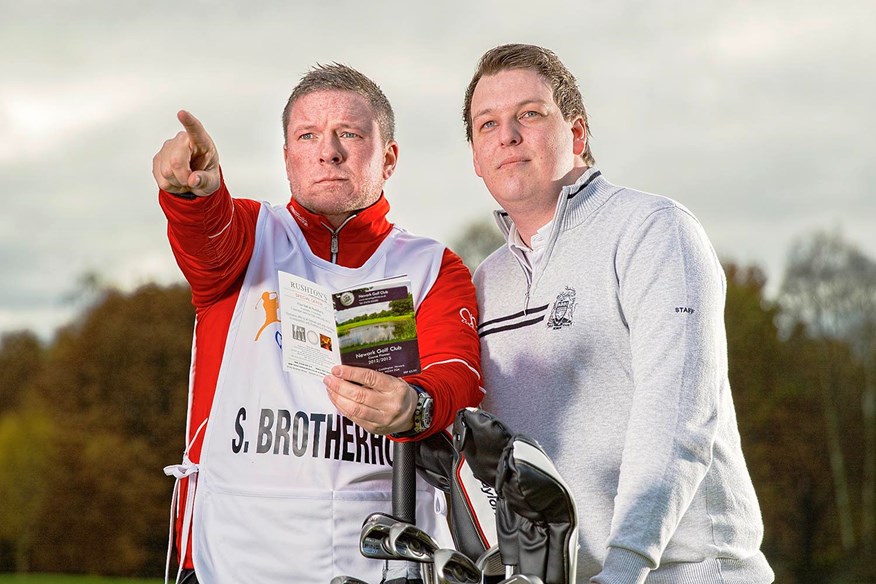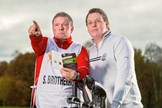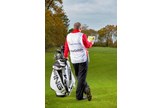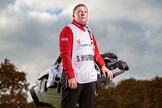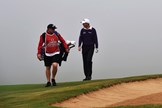10 ways a Tour caddie would save you shots
Last updated:
Imagine being able to get a game using one of the European Tour’s top caddies. He could help you plot your way around a course. He’d advise on the best strategy for a particular hole. And he’d probably talk you out of hitting that hero shot with a hybrid from the rough behind the trees…
If you’re fed-up of making stupid mistakes, seeing doubles and triples wrecking your card, you might need a playing lesson with Steve Brotherhood – David Howell’s right-hand (bag) man.
Steve has caddied for more than a decade on the European Tour, and now he’s offering his services to three golfers at a time during the winter. We wanted to know exactly where most amateurs go wrong, so we asked him to share his 10 best tips to help you play smarter…
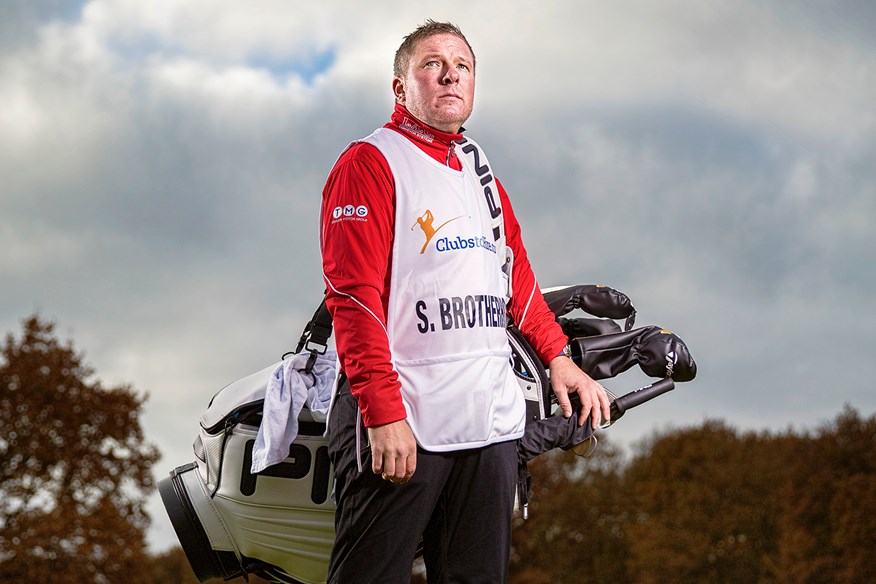
1 Regardless of whether the flag is at the front, middle or back, you always need to assess where the trouble is. If the flag is in the middle and you’ve got a bunker short of the green, the sensible shot is to try and play past the pin. Even if you don’t catch it properly, you should still have enough club to carry the hazard. It’s all about playing the percentages. My favourite saying is that it’s not how good your good shots are, it’s how good your bad shots are.
2 We are given handicaps for a reason – the key is to utilise your shots. If you set your default mode to “let’s try and make a net par”, you will make more net birdies than net bogeys. It’s important to respect the hole and to know when to attack. You’ve got to ask yourself: What is the easiest way to play the hole? If the fairway is wide and free from danger, pull out the driver. But if you’ve got to negotiate lots of hazards, always think safety first.
3 Nine times out of 10, golfers will hit more fairways using an iron off the tee than hitting driver. And if you can reach the green using a driver and a wedge, surely it makes sense to take any risk out of play and use a 4-iron and 8-iron instead? It’s a lot easier hitting a shot 40 yards back on the fairway using an 8-iron, rather than hitting a sand wedge out of the trees.
4 If you’ve got the power, you don’t need to hit driver all the time. It’s not about how far you hit it; it’s about giving yourself a chance to score well and stay away from danger. As long as you keep it on the fairway, you’re halfway there.
5 It can be hard to accept not reaching a par 4 in two, but there should be no shame in playing a 400-yarder as a three-shot hole, especially if you get a shot. It’s far less risky laying up and leaving your preferred yardage with a wedge, rather than smashing the ball up the fairway and leaving an awkward half shot. The more shots you play from a distance you are comfortable with, the more confident you will be about getting up and down.
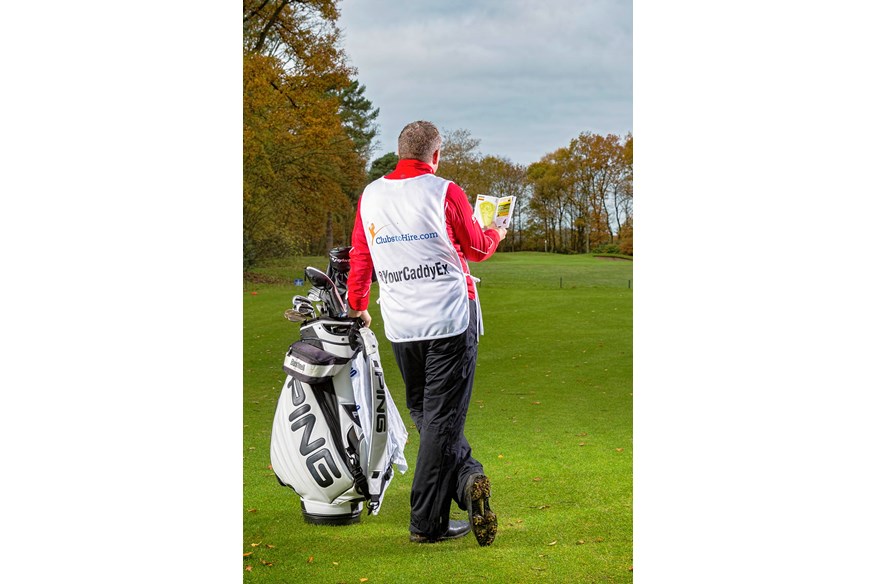
6 There is no reason why amateurs shouldn’t know their exact yardages for every club. Tracking devices like TrackMan and FlightScope are so advanced and widely available now that it’s easy to get a rough idea of how far you hit each club. I have two numbers for each club; one for a full swing and one for a three-quarter swing. I put the yardages on the clubs as a reference. I learned that from Howell. It’s simple but effective.
7 I’m not convinced by GPS watches. I use a Bushnell laser on tour and I’ve compared the figures against a watch and on some occasions the distances can be as much as six yards out. I’d certainly go for a laser over a GPS, they are far more accurate.
8 If you are out of position, the goal is to get back in position and to keep your score intact. If you are off 12, how do you expect to hit a 4-iron through a gap of five yards if you can’t find a fairway which is 50 yards wide? The key is to play stress-free golf and cut out the doubles and triples by plotting your way around the course.
9 You don’t want to think negatively, but at the same time you need to think: Where is the worst place I could hit this? If the flag is back right, long and right are no-go areas. That’s why I would play two yards short and three yards left of the hole. That will give you a bit of dispersion. If you do push it, you will push it back towards the hole.
10 Green reading is a skill that is often overlooked, and I always think you see a clearer picture of how a putt will break by standing side-on to it. A lot of amateurs tend to stand directly behind the ball, but it can be difficult to feel and see the contours by standing directly behind. The best thing you can do is to assess the putt from all angles and to make notes on a course guide for future reference.
‘Steve helped me break 90’
Phil Nolan plays off 20. After a lesson with Steve he broke 90 for the first time. He told us: “The session was all about managing the course, and taking the less risky approach. The first thing he told me was to think before you hit and to take your punishment when you go off-line.
“I’m now playing the percentages and using my shots by treating every par 4 as a par 5. In my first competition since the session I shot 88 gross. It was the first time I broke 90 and I didn’t get the driver out of the bag. The experience has given me confidence. People have been saying: ‘You’re playing differently. What’s the secret?’ I tell them I’m thinking about everything differently, plotting my way around.”
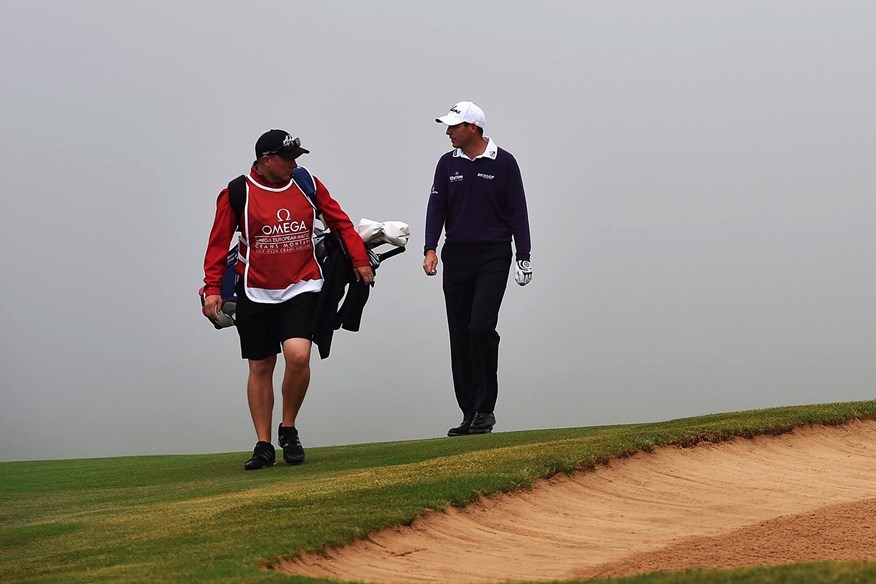
David Howell on how Steve helps his game
I mainly rely on Steve for yardages and strategy. It’s not just the specific yardages, but areas around greens that allow me to be more or less aggressive with my approach to the pin.
He’s very good at bringing me back down to the here and now mentally, if I’m having highs or lows. Four rounds of golf can be a lot on the mind. Steve can look me in the eyes and talk to me about what I have told him I want to achieve.
Caddies are one step removed and can look at a situation outside of its context and emotions. I can build a bogey into something far worse, whereas Steve can ground me and say: “It’s a good bogey and limits the damage, now let’s move on to the next hole.”
Weighing up risk is so important. Steve can balance risk against the circumstances, particularly how well you are playing. The job is to maximise how your game is playing that day. Not even the best players in the world strike it crisply all of the time, so every situation has to be put into the context of what needs to be done to play to your handicap.
